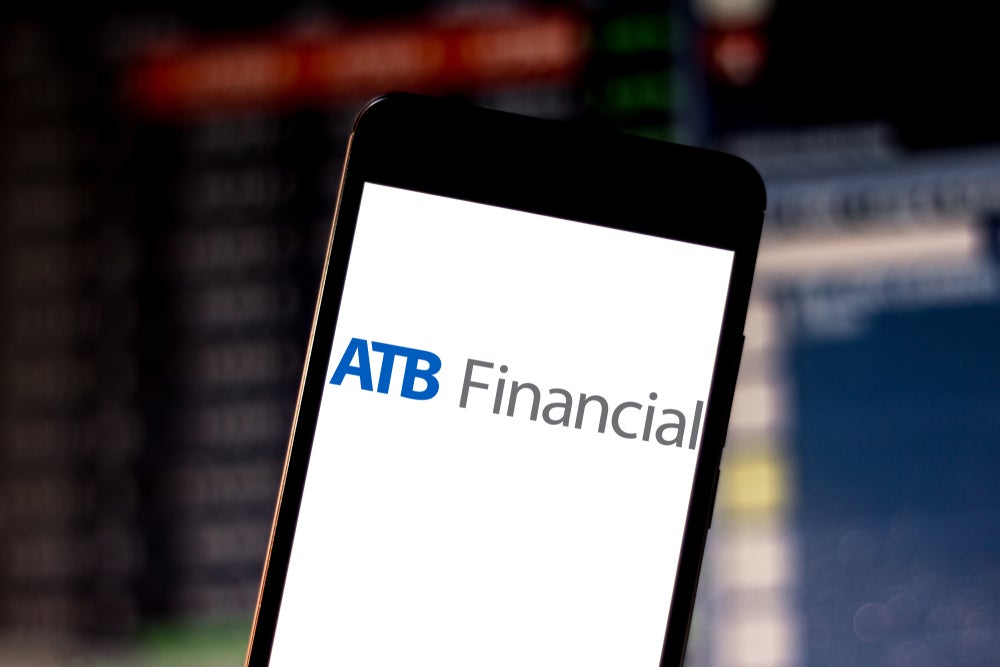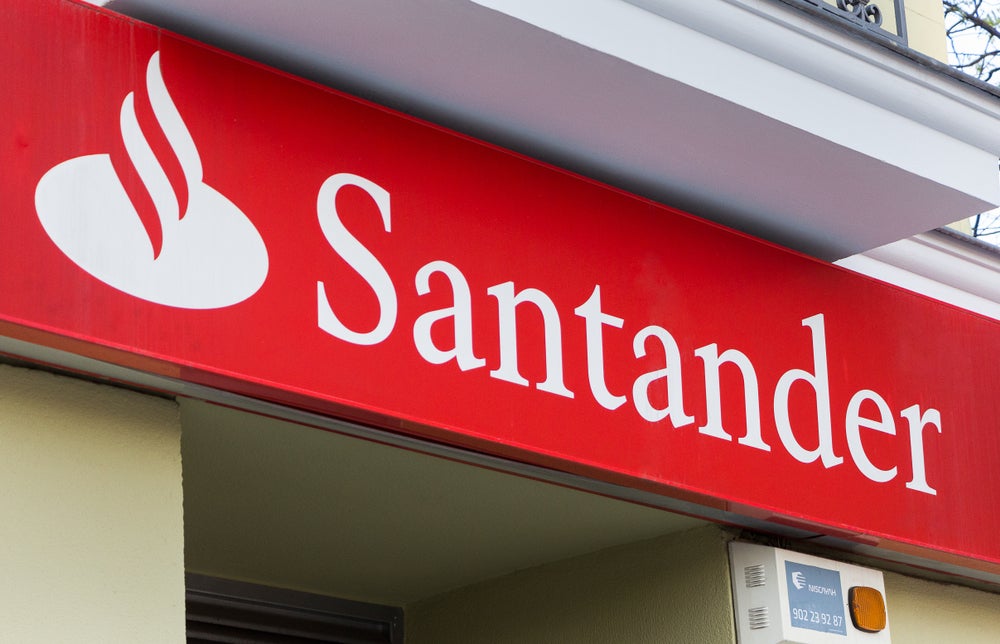Sweden, China, and India are the world leaders when it comes to the use of digital payments. Robin Arnfield reports
“Sweden has reached the point where everyone uses digital payments and paying in cash raises people’s eyebrows,” says Jeffrey Bower, Principal of Bower & Partners Consulting Services, a digital payments innovation consultancy.
“It’s one of the most digitised economies in the world and is ahead of other developed countries such as the UK, Canada, and Australia in digital payments. The other digital payments leaders are China and India along with Kenya, because of m-Pesa and Bangladesh because of B-Kash.
According to “The March Towards Digital Money, Bringing the Underbanked in from the Cold” a report by Citi and Imperial College, while Bangladesh is overwhelmingly a cash country, 90% of government-to-business payments have transitioned to digital channels.
The report says that 69% of the value of payments made by the Bangladesh government are digital. “The value of financial transactions via mobile grew 37% in 2016 to reach a yearly total of $24bn (an average of $67m per day), according to Bangladesh Bank,” it says.
Sweden
How well do you really know your competitors?
Access the most comprehensive Company Profiles on the market, powered by GlobalData. Save hours of research. Gain competitive edge.

Thank you!
Your download email will arrive shortly
Not ready to buy yet? Download a free sample
We are confident about the unique quality of our Company Profiles. However, we want you to make the most beneficial decision for your business, so we offer a free sample that you can download by submitting the below form
By GlobalDataCash is now used in less than 20% of Swedish retail payment transactions, according to the Riksbank, Sweden’s central bank. Most Swedish retailers and transport companies decline to accept cash, with cash payments now totalling 2% of total payment transactions. Around 900 of Sweden’s 1,600 bank branches no longer hold cash or accept cash deposits, and many branches, especially in rural areas, do not offer ATMs.
There are several success factors in Sweden’s move to digital payments. For example, the widespread adoption of Bank ID (https://www.bankid.com/en/), a bank-based digital identification and signature system that currently has 7.5m users in Sweden.
Denmark and Norway have similar BankID coalition digital ID schemes that are used for e-commerce, banking and government transactions.
Sweden’s major banks including Nordea, Handelsbanken, SEB, Danske Bank and Swedbank, have developed Swish. The mobile P2P transfer service is used by nearly half the country’s population and can be used for payments to businesses.
Across Scandinavia, another driver for heavy e-payments adoption is the existence of two pan-Nordic payment processors: Nets created in 2010 from the merger of Danish and Norwegian payments firms, and Sweden-based Bambora.
India
The Indian government’s November 2016 demonetisation of 500 Rupee and 1,000 Rupee bank notes in circulation was intended to combat corruption. But it also led to a huge growth in mobile payments to the benefit of Indian digital payments firms. For example, mobile wallet provider Paytm, which was founded in 2010, now has over 250 million registered users in India.
“The demonetisation announcement led to huge consumer enrollment in digital payments and to merchants wanting to accept digital payments for a large proportion of their business for fear that demonetisation might happen again in India,” Bower says.
According to “The March Towards Digital Money,” India’s government has encouraged digital banking and payments with a holistic approach targeting unbanked and banked consumers. The government has introduced light banking licences for new banks such as Paytm’s new Paytm Payment Bank that target the unbanked.
To resolve the problem of mobile payments scheme interoperability, India’s National Payments Corp. launched the Unified Payments Interface (UPI) system in April 2016. UPI enables people to send money to friends or merchants at different banks using a single identifier via their mobile phone. All they require is the recipient’s UPI identifier.
Apart from India’s high smartphone penetration (240m out of the country’s 1bn mobile subscribers have smartphones), another success factor is the Aadhaar biometric digital identity scheme which in early 2017 had 1.1bn citizens enrolled.
Aadhaar cardholders can open zero-balance bank accounts and also access their bank accounts and perform basic intra-/inter-bank transactions using fingerprint authentication.
Digibank
Singapore’s DBS Bank, one of the most digitally advanced banks in the world, is hoping to capitalise on Indians’ appetite for digital banking with the April 2016 launch of Digibank in India. In June 2017, DBS said the digital-only bank had signed up 1 million customers and was targeting 5 million by 2021.
Digibank customers can open their accounts at specific designated outlets, including coffee shops, across India. All they need is their Aadhaar card. Digibank uses AI virtual assistant technology from Kasisto which understands natural language to answer its customers’ questions.
China
In the last three years, China has seen massive growth in digital payments.
“China has gone from being a cash-heavy economy during this timeframe to a cash-light economy,” Bower says. “This is because payments have been integrated into Chinese consumers’ social media chat experiences through Alipay and messaging app WeChat’s payments capability.
“Chinese merchants now ask customers if they want to pay with WeChat or and Alipay. China has a problem with forged banknotes so there is a reluctance to accept cash in stores.”
According to Bower, payments is deeply integrated with Chinese consumers’ social media experiences. “You can be in a messaging or chat application on your phone in a store, and can chat with the business to make the payment or to share money with your friends,” he notes. “All these experiences are integrated with your chat application.”
Chinese businesses, utilities and government bodies have created an alliance to drive cashless payments.
In April 2017, Ant Financial Services Group, the owner of Alipay, created the Cashless Alliance in partnership with United Nations agency UN Environment and a number of Chinese and international partners.
Ant said in April 2017 that it is investing RMB3bn per year during the next two years to make what it terms green finance – cashless payments – a part of everyday life in China.
The UK
“The UK is making major efforts to reduce its reliance on cash,” says Bower.
As an example, cash can’t be used to buy tickets on London buses. The London Underground no longer allows travellers to pay cash at ticket offices, although they can buy tickets at cash-accepting terminals.
According to Transport for London, the transit authority for the UK’s capital, on average, 12 million journeys each week are made using contactless EMV payments on its network, accounting for around 40% of trips on the London Underground, commuter rail systems and buses.
Visa UK said in July 2017 that it is considering offering UK small businesses financial incentives to go cashless. The move follows a similar incentive scheme launched by Visa in the US. The card scheme selected 50 US 50 small companies to receive $10,000 if they only use or accept cards.
Germany
Germany is probably the most cash-dependent country in Europe, because there is a cultural mistrust of credit cards and concerns about data protection issues from digital payments, Bower says.
According to an August 2017 survey by Kantar TNS for Germany’s Bundesverband Digitale Wirtschaft (BVDW), 30% of German internet users refuse to use cards.
Peru’s mobile money scheme
Bower previously worked for the Better than Cash Alliance (https://www.betterthancash.org/), a UN affiliate organisation, and advised Peru’s banks and telcos about their implementation of a national interoperable mobile payments scheme, BIM.
In February 2016, Peru’s leading banks and mobile network operators launched BIM (http://mibim.pe/), a shared national digital financial services platform targeting the country’s unbanked and underbanked consumers.
Their goal is to sign up 5m out of Peru’s 10m unbanked by 2020, with 2m active users by 2020. According to the GSM Association’s (GSMA) “The Mobile Economy: Latin America and the Caribbean 2016” report, over 70% of the Peruvian population is financially excluded.
Under Peru’s Electronic Money law, which is the cornerstone of BIM, non-FIs are eligible to participate in financial services and offer banking products
BIM’s users will be offered digital financial services such as prepaid accounts, P2P transfers, bill payments, tax payments, and point-of-sale purchases, irrespective of who their bank or telco is, along with mobile phone top-up, and cash-in/cash-out at registered agents.
“Existing mobile money programs around the world are reaching the limit of what they can accomplish without participating in national interoperable mobile money platforms,” Bower notes.
Following the example of Peru’s national mobile wallet scheme, other countries are likely to create new digital payment platforms for the unbanked which work with these countries’ existing banking and payment platforms and enable new payments players such as telcos and Fintechs to participate.
“One example is Pakistan where various non-interoperable telco-based mobile money services are collaborating to build a national payments scheme which will have minimum standards and requirements for entry,” Bower says.
“Another important trend has been the development of banking agent banking networks in Latin America and the Caribbean, which has enabled small shopkeepers to offer basic banking services like deposits and withdrawals,” he says.
Mexico
The Mexican government has encouraged the formal economy by promoting both bancarisation and payments terminals in stores. In 2011, it introduced regulations allowing four levels of bank account, with different KYC requirements, maximum balances and transaction types.
Level 1 basic prepaid accounts that can’t be used with mobile phones for payments and P2P transfers;
Level 2 low-transactionality accounts;
Level 3 low-risk accounts;
Level 4 full-service accounts that can be linked to mobile phones.
In November 2014, Visa, Mexican tax authority Sistema de Administración Tributaria (Tax Administration System), and Confederación de Cámaras Nacionales de Comercio, Servicios y Turismo (Concanaco – Servytur/Confederation of National Chambers of Commerce, Services and Tourism) launched Tableta Concanaco.
This is a scheme to provide micro-businesses and SMEs with tablet-based mPOS technology.
Separately, Mexican bakery company Grupo Bimbo has rolled out the Red Qiubo banking agent network that enables “mom and pop” stores across Mexico to accept electronic payments using credit, debit and food-voucher cards; receive bill payments, and offer prepaid airtime.
Red Quibo is operated in partnership with Banamex, the Mexican subsidiary of Citigroup, and prepaid airtime network operator Blue Label Mexico.
Canada
“Canada is still cash-heavy compared to Northern Europe, as 50% of payments are still cash-based in Canada,” says Bower.
According to Payments Canada’s “The Canadian Payment Methods and Trends” report, while cash remains the predominant retail payment method in Canada, cash and ATM transaction volumes both declined by at least 20% between 2011 and 2015. The report says that cheque and paper payment items decreased by 25% in terms of volume during the same period.
In 2015, contactless payments – predominantly contactless cards rather than mobile payments – grew by 70% in both volume and value of transactions, due to Canadian retailers’ extensive deployment of contactless POS technology and consumer enthusiasm for the convenience of contactless.
ATMs
David Cavell, an international retail banking delivery channel consultant warns that the global decline in cash usage will impact the ATM market.
“Over the next few years, ATM deployments will come under pressure, due to declining need for cash and because banks are closing a lot of branches that host ATMs,” he says.
“For example, 90% of Spanish ATMs are branch-based. Also, banks such as Spain’s Caixa and Turkey’s GarantiBank have deployed ATMs with multiple non-cash transaction functions.
“However, with the rise of mobile and tablet banking, there will be a reduction in requirement for non-cash transactions at ATMs. So in-branch ATMs will just become physical fulfillment devices.”
According to “How Canadians Bank” a report by the Canadian Bankers Association, more Canadians now identify online banking as their primary banking method (51%) compared to banking at ATMs (16%), while 42% of Canadians say their use of in-branch banking has dropped. Canada’s TD, for example, says that 80% of its transactions are now digital.
BBVA
Spain’s BBVA, a world leader in digital banking, said in October 2017 that it has over 15 million active mobile customers across its global footprint and that the number of customers using mobile as their favourite way to access BBVA’s services has grown by over 40% in the last 12 months.
In Spain, BBVA uses biometric authentication to register new customers in Spain, with its biometric registration process taking just five minutes, the bank says.
BBVA says that over 80% of its catalogue of products and services are currently available on mobile channels – a number that will exceed 90% by the end of the year. One out of every four of BBVA’s sales around the world now takes place on its digital channels.







